Home>Renovation & DIY>Home Renovation Guides>What Home Improvements Increase Property Taxes In Texas?


Home Renovation Guides
What Home Improvements Increase Property Taxes In Texas?
Modified: January 4, 2024
Discover which home improvements can potentially raise your property taxes in Texas with our comprehensive home renovation guide. Find out how to navigate tax implications and maximize your investment. Gain valuable insights and tips for managing property taxes in Texas.
(Many of the links in this article redirect to a specific reviewed product. Your purchase of these products through affiliate links helps to generate commission for Storables.com, at no extra cost. Learn more)
Introduction
Home improvement projects are a great way to enhance the functionality, aesthetics, and value of your property. However, in the state of Texas, it's important to understand that certain home improvements can potentially lead to an increase in property taxes. This aspect is crucial for homeowners to consider, as it directly impacts their ongoing financial obligations.
In this comprehensive guide, we will delve into the realm of property taxes in Texas, shedding light on the specific home improvements that may trigger an increase in property taxes. Additionally, we will explore the flip side by identifying home improvements that do not typically result in a higher tax burden. By gaining a deeper understanding of these factors, homeowners can make informed decisions regarding their property enhancements while effectively managing their tax liabilities.
Join us as we navigate through the intricate landscape of property taxes and home improvements in Texas, providing valuable insights to empower homeowners in their pursuit of creating a more comfortable and attractive living space without encountering unexpected financial repercussions.
Key Takeaways:
- Certain home improvements in Texas, like room additions and swimming pools, can increase property taxes due to higher appraised values, impacting homeowners’ financial obligations.
- Homeowners can strategically make cosmetic updates and energy-efficient upgrades without increasing property taxes, empowering them to enhance their living spaces while managing their financial responsibilities effectively.
Understanding Property Taxes in Texas
Before delving into the impact of home improvements on property taxes, it’s essential to grasp the fundamental principles of property taxation in Texas. Property taxes are a primary source of funding for local governments, school districts, and other public services. The tax amount is determined based on the appraised value of the property, which is assessed by the county appraisal district.
In Texas, property taxes are ad valorem, meaning they are calculated based on the value of the property. The appraised value serves as the foundation for determining the tax amount, and it can be influenced by various factors, including market conditions, property improvements, and assessments conducted by the appraisal district.
It’s important to note that property tax rates can vary between different counties and are subject to change based on local government decisions and voter-approved initiatives. Additionally, Texas offers various exemptions and relief programs to eligible homeowners, such as the homestead exemption, which provides a reduction in the appraised value for primary residences.
Understanding the intricacies of property taxation in Texas empowers homeowners to make informed decisions regarding property improvements, as these enhancements can directly impact the appraised value and, consequently, the property tax obligations. By staying informed about the local tax regulations and seeking guidance from relevant authorities, homeowners can navigate the landscape of property taxes with confidence and clarity.
Home Improvements That Can Increase Property Taxes
When considering home improvements in Texas, it’s crucial for homeowners to be aware of the potential impact on their property taxes. Certain enhancements have the propensity to increase the appraised value of a property, subsequently leading to higher property tax obligations. Below are some common home improvements that can trigger an increase in property taxes:
- Room Additions: Expanding the living space by adding rooms, such as a bedroom, bathroom, or a home office, can significantly increase the overall square footage and functional utility of the property. As a result, the appraised value is likely to rise, potentially leading to higher property taxes.
- Swimming Pools and Spas: Installing a swimming pool or a spa can enhance the recreational appeal of a property. However, these additions are often considered luxurious amenities and can contribute to an increase in the property’s appraised value, thereby impacting property taxes.
- Major Renovations: Extensive renovations, such as kitchen overhauls, bathroom remodels, or roof replacements, can enhance the overall quality and appeal of the property. While these improvements can elevate the property’s value, they may also result in a higher tax assessment.
- Additional Structures: Building detached structures, such as a garage, guest house, or workshop, can augment the property’s functionality and desirability. However, these additions can also lead to an increase in the appraised value and, consequently, higher property taxes.
- Landscaping and Outdoor Enhancements: Landscaping upgrades, outdoor kitchens, and elaborate hardscaping features can elevate the curb appeal and outdoor living experience. While these enhancements contribute to the property’s allure, they can influence the appraised value and impact property taxes.
It’s important for homeowners to consider the potential tax implications of these improvements and plan accordingly. While these enhancements can undoubtedly enrich the living experience, being mindful of their impact on property taxes allows homeowners to make informed decisions and manage their financial responsibilities effectively.
Adding square footage, upgrading kitchens and bathrooms, and installing high-end fixtures can increase property taxes in Texas. Always check with your local appraisal district for specific guidelines.
Home Improvements That Do Not Increase Property Taxes
While certain home improvements can lead to an increase in property taxes, there are numerous enhancements that typically do not result in a higher tax burden for homeowners. Understanding these improvements empowers homeowners to make strategic choices that enhance their living space without incurring additional tax liabilities. Here are some common home improvements that generally do not lead to an increase in property taxes:
- Cosmetic Enhancements: Making cosmetic updates, such as painting the interior or exterior, replacing flooring, or updating fixtures, can refresh the appearance of a property without significantly impacting its appraised value for tax purposes.
- Energy-Efficient Upgrades: Installing energy-efficient features, such as LED lighting, programmable thermostats, or energy-efficient windows and doors, is encouraged and often incentivized. These upgrades contribute to energy savings but typically do not lead to a substantial increase in property taxes.
- Maintenance and Repairs: Conducting routine maintenance, such as repairing plumbing, HVAC systems, or addressing structural issues, is essential for preserving the property’s condition. These necessary repairs generally do not trigger a reassessment for property tax purposes.
- Curb Appeal Enhancements: Improving curb appeal through minor landscaping updates, adding a new entry door, or enhancing the driveway does not typically result in a significant increase in property taxes, as these enhancements are considered routine maintenance.
- Interior Remodeling without Adding Square Footage: Renovating interior spaces, such as updating the kitchen or bathroom without expanding the property’s square footage, can enhance functionality and aesthetics without substantially impacting the property’s appraised value for tax assessment.
Understanding the distinction between home improvements that can potentially increase property taxes and those that do not typically lead to higher tax obligations is essential for homeowners seeking to enhance their living spaces while managing their financial responsibilities. By strategically incorporating improvements that align with their preferences and long-term goals, homeowners can create a more comfortable and appealing home without encountering unexpected tax burdens.
Tips for Managing Property Taxes After Home Improvements
After completing home improvements, it’s essential for homeowners to proactively manage their property taxes to ensure a balanced approach to their financial obligations. Here are some valuable tips for effectively managing property taxes following home improvements:
- Understand the Local Assessment Process: Familiarize yourself with the property assessment process in your local area. This includes understanding how the appraised value is determined and the frequency of reassessments. Staying informed about these procedures can help you anticipate potential changes in property taxes after making improvements.
- Consult with the Appraisal District: Reach out to the local appraisal district to gain insights into how specific home improvements may impact your property’s assessed value. Understanding the district’s assessment criteria and guidelines can provide clarity on potential tax implications.
- Consider Exemptions and Relief Programs: Explore available exemptions and relief programs offered by the state of Texas, such as the homestead exemption. These programs can provide significant reductions in the appraised value for qualifying homeowners, potentially mitigating the impact of increased property taxes due to improvements.
- Strategically Time Home Improvements: If feasible, consider the timing of major home improvements to align with the local property assessment schedule. By being mindful of assessment timelines, homeowners can better manage potential tax adjustments resulting from their enhancements.
- Maintain Detailed Records: Keep thorough records of all home improvements, including permits, invoices, and project details. Having comprehensive documentation can support your case in the event of any discrepancies in property assessments and tax valuations.
- Seek Professional Guidance: Consider consulting with a real estate appraiser or tax professional to assess the potential impact of planned home improvements on property taxes. Their expertise can provide valuable insights and help you make informed decisions regarding your property enhancements.
- Explore Payment Options: If an increase in property taxes is anticipated following improvements, explore available payment options, such as installment plans or tax deferral programs, to manage the financial impact effectively.
By implementing these proactive measures, homeowners can navigate the post-improvement phase with confidence, ensuring that their property taxes align with the value and appeal of their enhanced living space. Strategic planning and informed decision-making are key to effectively managing property taxes after completing home improvements in Texas.
Conclusion
Embarking on home improvement projects in Texas is an exciting endeavor that offers homeowners the opportunity to enhance their living spaces and increase the value of their properties. However, it’s essential to recognize the potential impact of these improvements on property taxes and take proactive steps to manage tax obligations effectively.
By understanding the nuances of property taxation in Texas and being mindful of the specific home improvements that can influence appraised values, homeowners can make informed decisions that align with their financial goals. It’s crucial to differentiate between enhancements that may lead to higher property taxes and those that typically do not result in a significant tax burden.
Strategic planning, thorough record-keeping, and leveraging available exemptions and relief programs are instrumental in managing property taxes after home improvements. Additionally, seeking guidance from local appraisal authorities and tax professionals can provide valuable insights to navigate potential tax adjustments with confidence.
Ultimately, the synergy between property improvements and tax management empowers homeowners to curate inviting and functional living spaces while maintaining a clear understanding of their ongoing financial responsibilities. By implementing the tips outlined in this guide, homeowners can embrace the transformative potential of home improvements while effectively managing their property taxes in the dynamic landscape of the Texas real estate market.
As homeowners continue to elevate their properties through thoughtful enhancements, staying informed and proactive in managing property taxes ensures a harmonious balance between investment in the home and fiscal prudence.
Frequently Asked Questions about What Home Improvements Increase Property Taxes In Texas?
Was this page helpful?
At Storables.com, we guarantee accurate and reliable information. Our content, validated by Expert Board Contributors, is crafted following stringent Editorial Policies. We're committed to providing you with well-researched, expert-backed insights for all your informational needs.


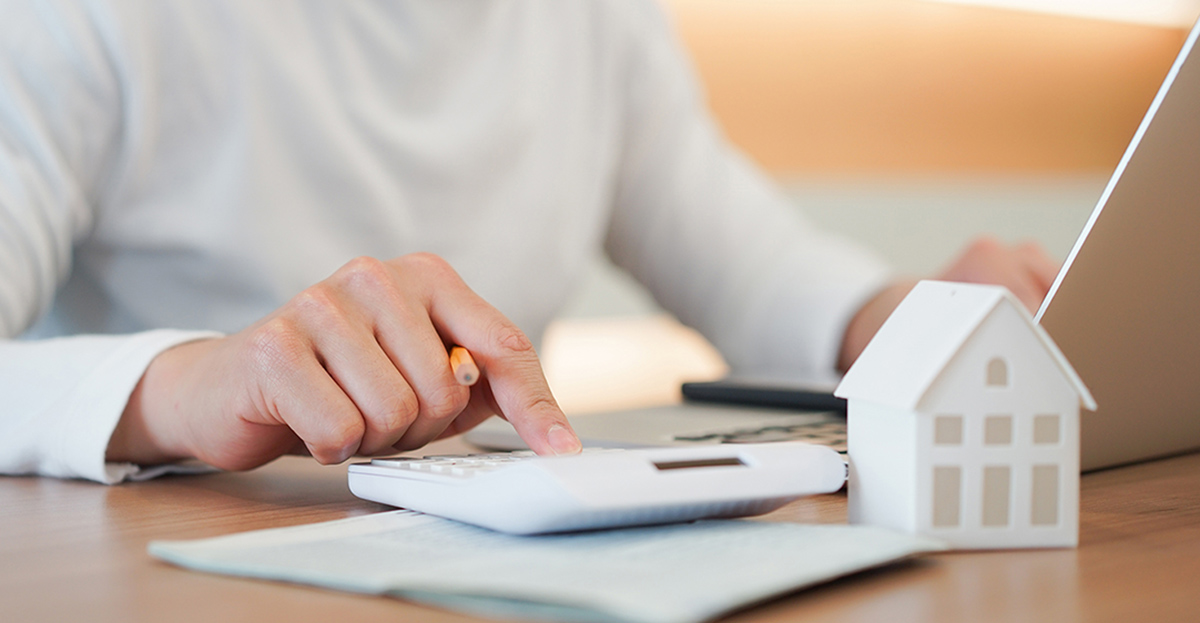

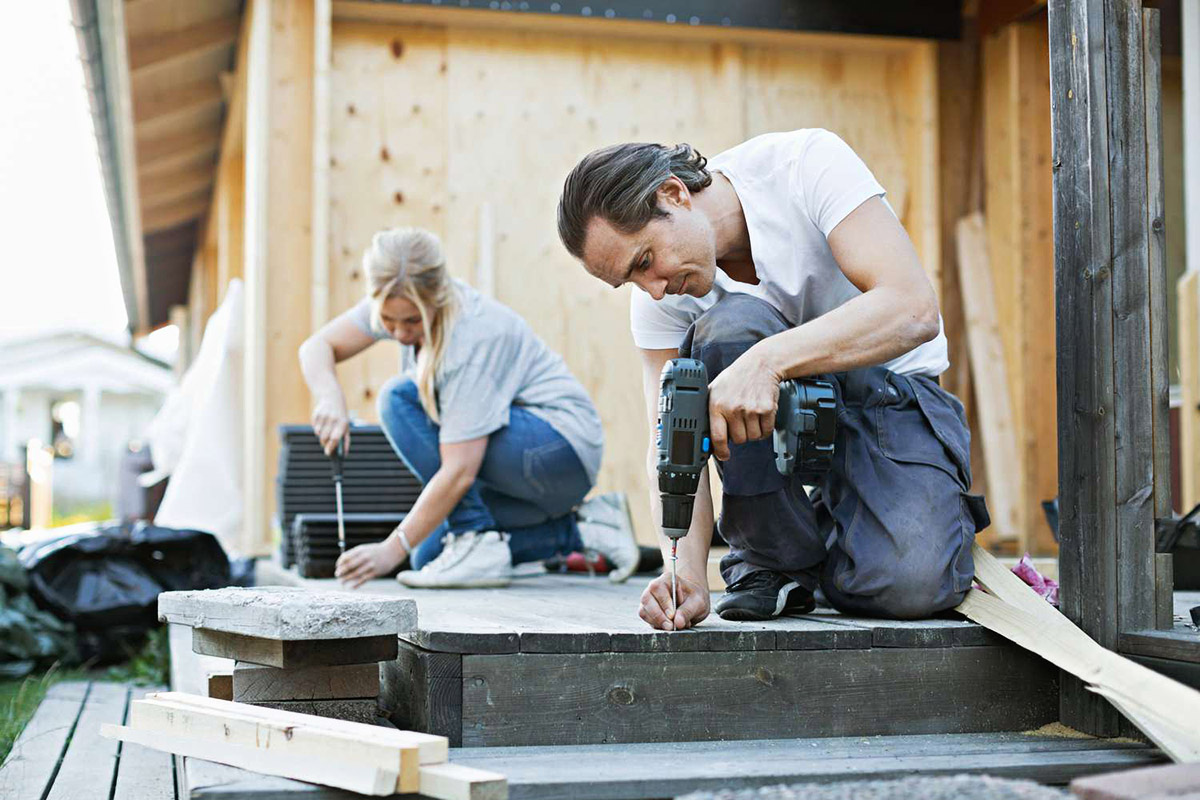


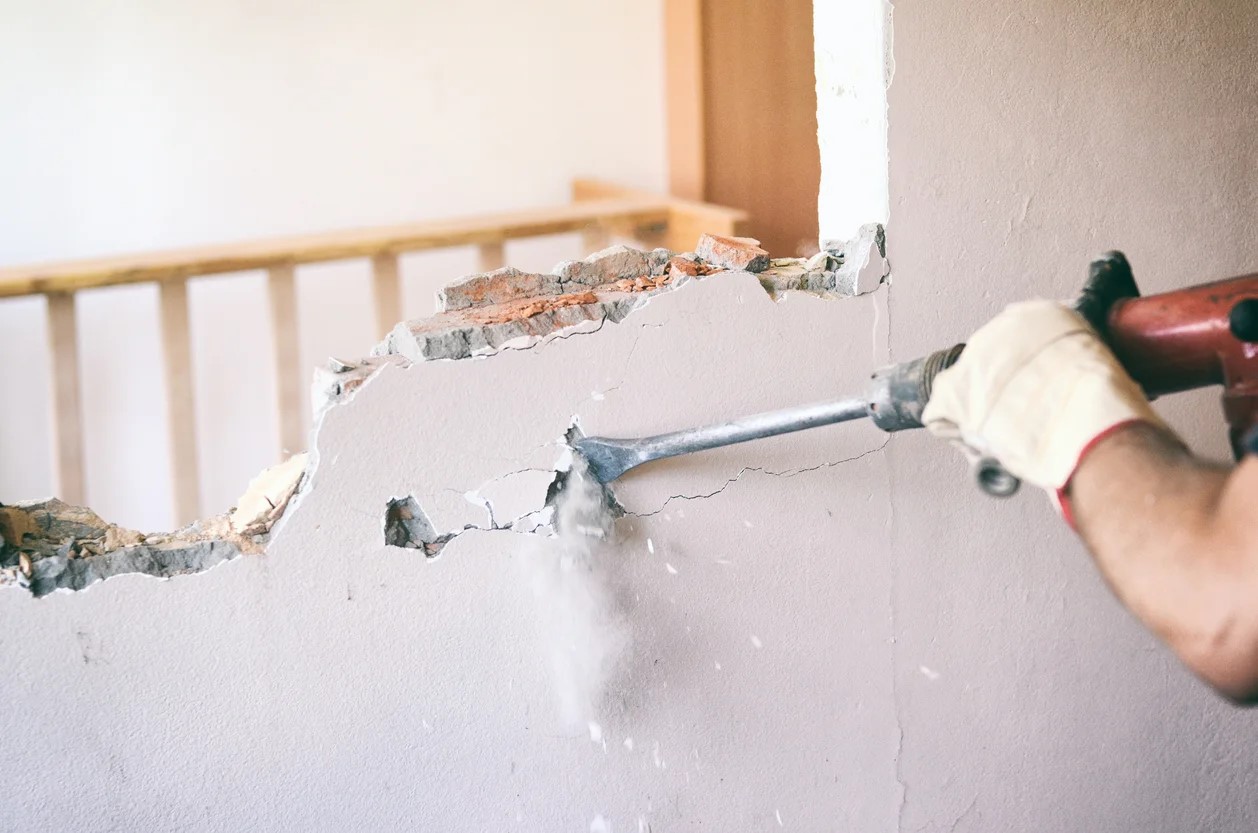

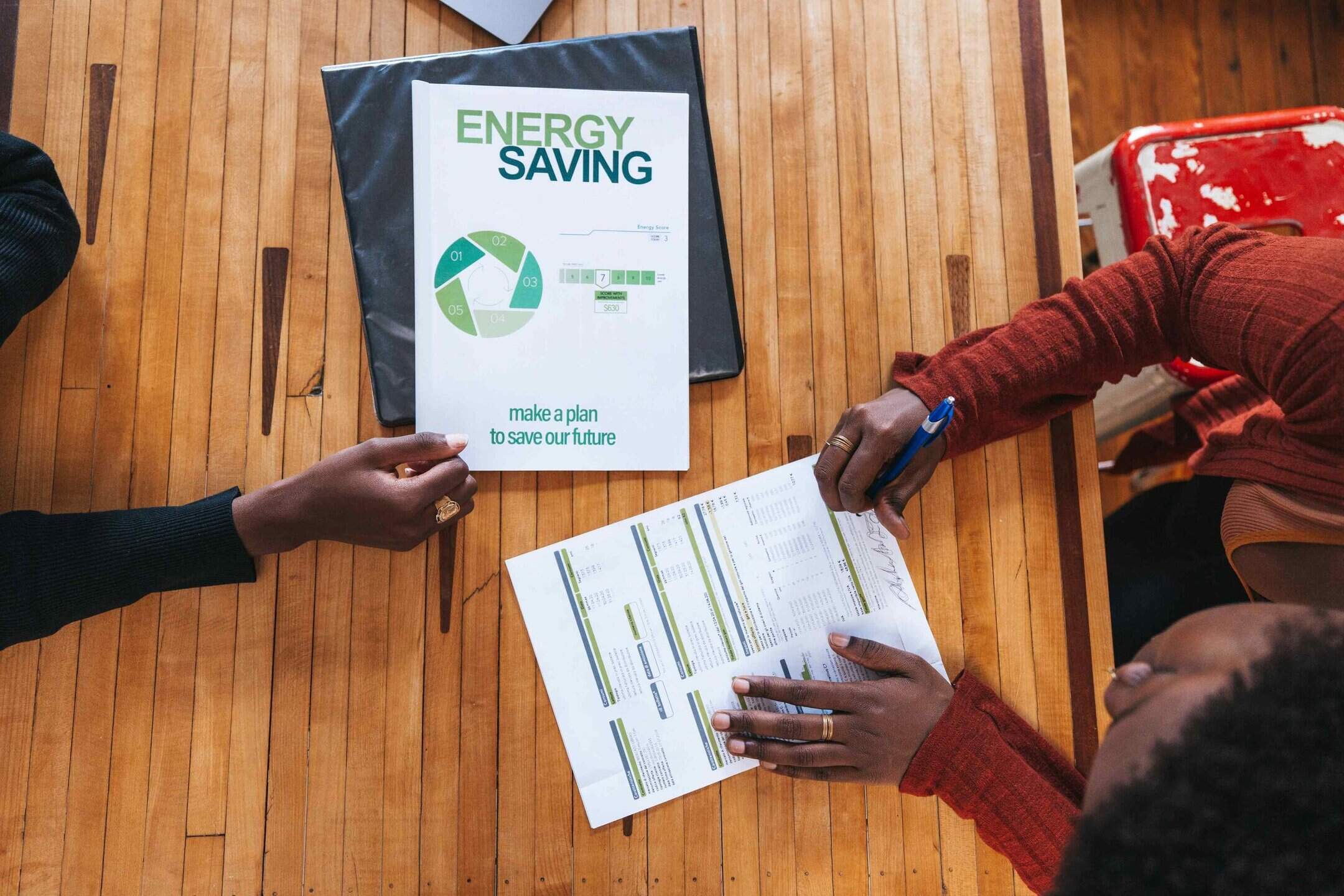


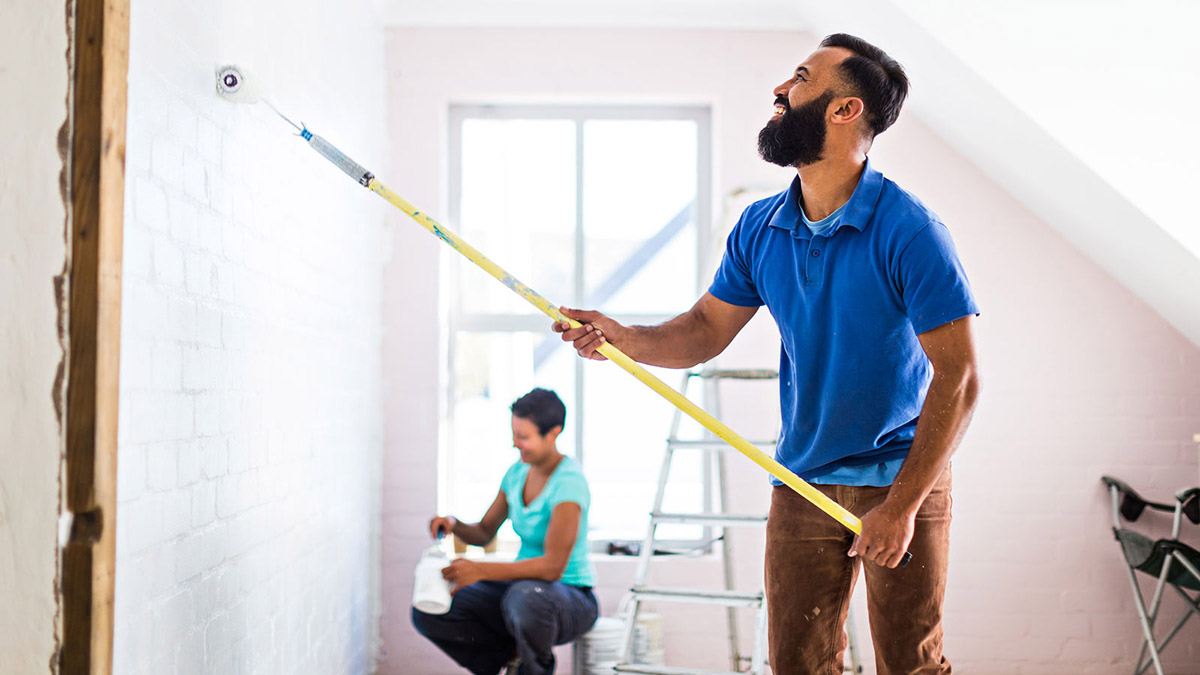


0 thoughts on “What Home Improvements Increase Property Taxes In Texas?”